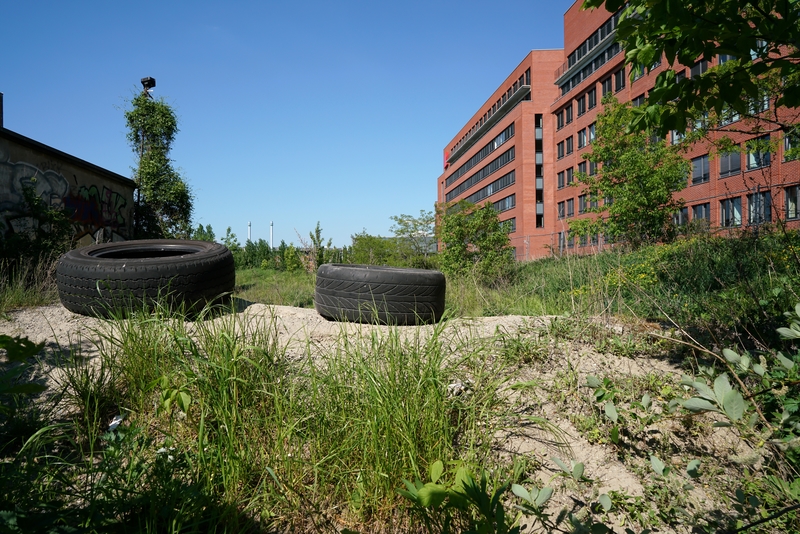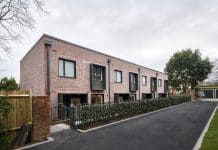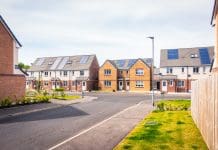Michael Lunn, Director of Policy & Public Affairs, Environmental Industries Commission answers what the Housing White Paper means for brownfield development
While the Housing White Paper was welcomed by many in the industry as a long awaited governmental step forward to solving the UK’s housing crisis, there is still much that needs to be done in order to accelerate brownfield development.
The UK’s rich industrial heritage, rising population and a constrained space makes the reuse of previously developed or brownfield land an essential part of the delivery of new developments throughout the UK.
Though the proposals within the Housing White Paper for both bringing more brownfield land into use as well as protecting the greenbelt are strongly welcomed by the Environmental Industries Commission, without further efforts to capitalise on available brownfield land, the new housing targets set to meet the UK’s growing need for housing are unlikely to be reached.
Brownfield development figures remain low
Currently only 10-20% of development in the UK takes place on sites classified as brownfield, with statistics from the Homes and Communities Agency indicating that there are approximately 61,920ha of brownfield land in England, with 54% considered derelict or vacant while the remainder is in some form of use with the potential for redevelopment. Supporting the claim that there is brownfield land that could greatly aid in solving the housing crisis, DCLG figures suggest that approximately 35,000 ha of this brownfield land is suitable for housing development, further establishing the true potential of brownfield in creating sustainable communities with a combination of housing, retail, as well as commercial or industrial development.
Indeed, to work towards solving the housing crisis, there is an urgent need to improve the economics and the general attractiveness of brownfield development, particularly for developers. On this issue, the Environmental Industries Commission urges HM Treasury to modify the Land Remediation Tax Relief in order to make the most effective use of the tax relief for developers utilising brownfield.
Help needed for local authorities
To accelerate the level of house building which occurs on brownfield sites, additional funding is urgently needed so that local authorities are able to bring forward brownfield sites that are likely to have additional constraints, such as contaminated land.
Alongside this, to best facilitate the use of all housing appropriate land, DCLG needs to take tangible actions now to encourage local authorities to utilise the brownfield register, accounting for all sites suitable for housing development.
Members of EIC have warned that the Government’s announced £1bn fund for local authorities is woefully short to deliver the targets to which the Government has set to help bring suitable brownfield land into readiness for development.
This is compounded by evidence emerging that the pilot areas for the Brownfield Register have not produce sites which comply with the Government’s own guidance and will fall short on the delivery of new housing on brownfield sites.
Indeed, evidence suggests that many local authorities have only presented a rehash of their existing strategic housing land availability assessment (SHLAA) rather than consider all brownfield sites for housing development.
With all this considered, we at the Environmental Industries Commission urge the Government to partner with the brownfield sector to best achieve the goal of increasing the proportion of brownfield development within the UK.
 Michael Lunn
Michael Lunn
Director of Policy and Public Affairs
Environmental Industries Commission














